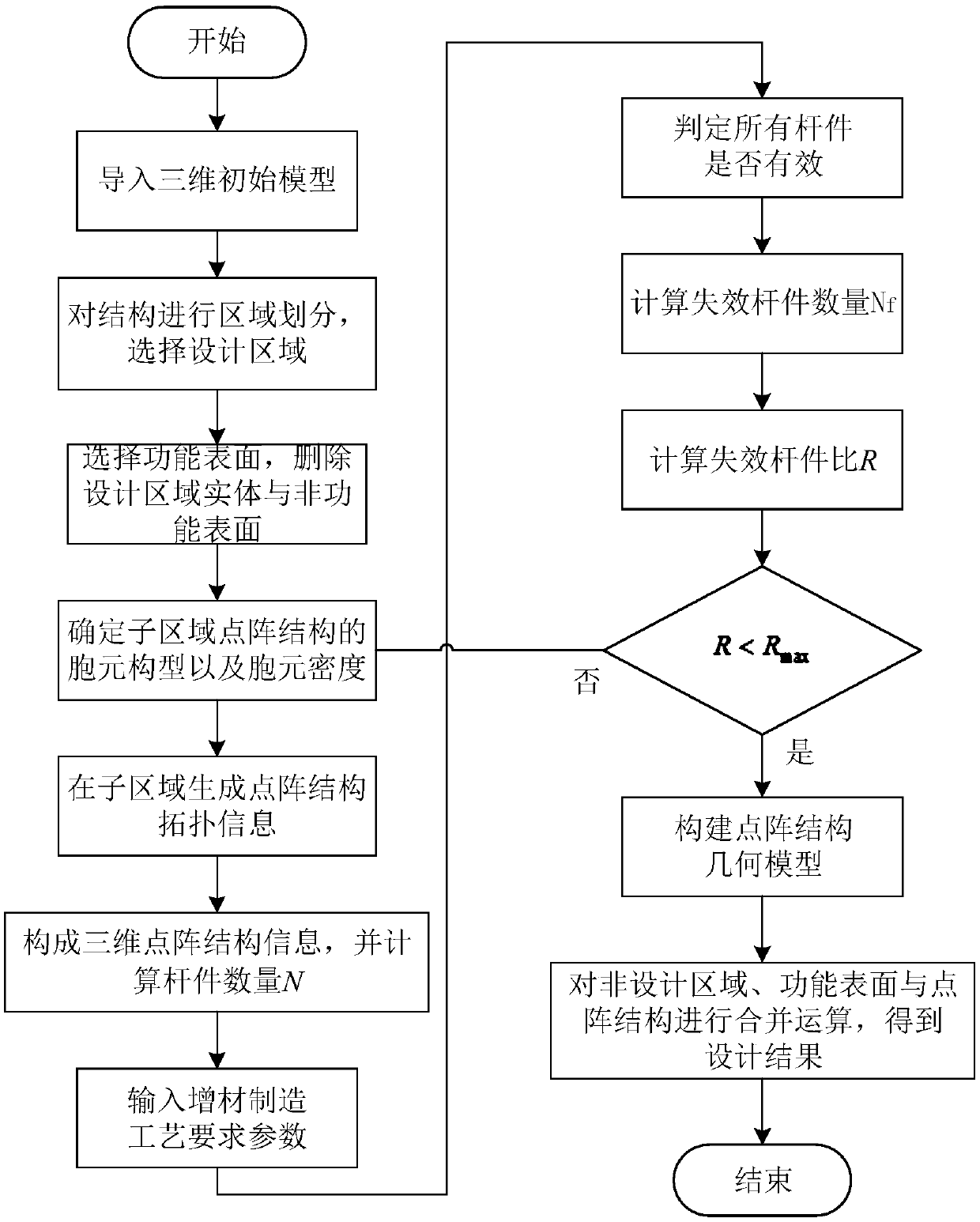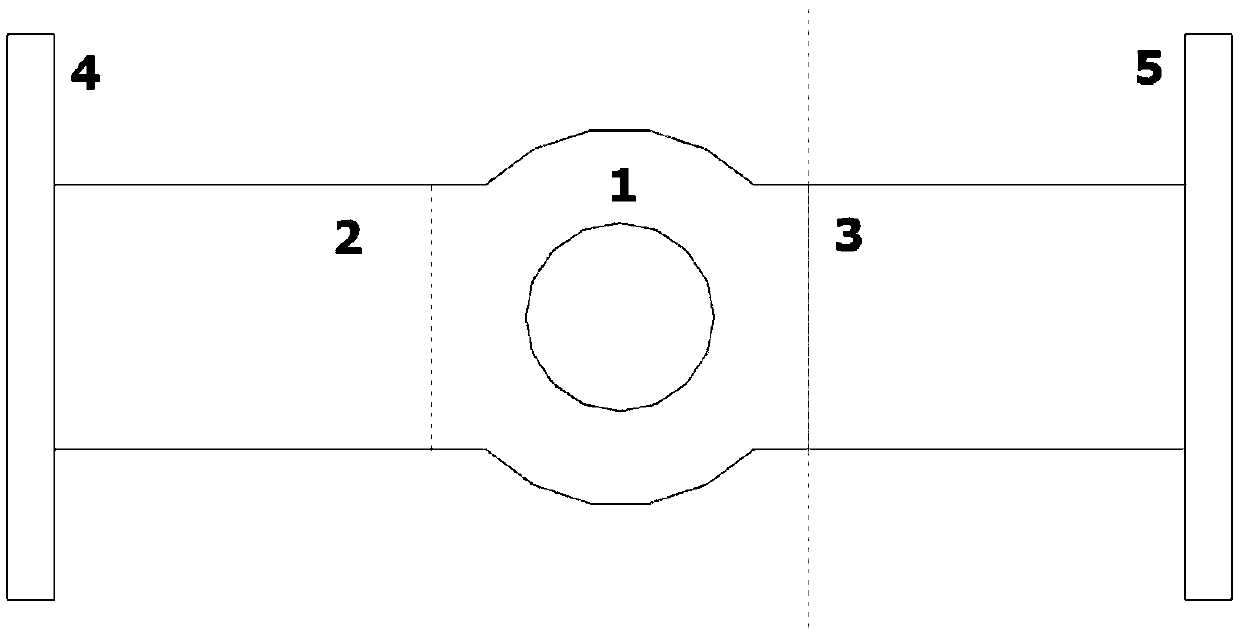Space grid-based design method of three-dimensional lattice structure
A three-dimensional lattice, lattice structure technology, applied in design optimization/simulation, calculation, special data processing applications, etc., can solve the problem of insufficient edge position processing, low designer participation, inability to lattice structure cell configuration, Problems such as cell density distribution form and structural appearance control, to achieve the effect of strong engineering practical value and reducing repetitive manual operations
- Summary
- Abstract
- Description
- Claims
- Application Information
AI Technical Summary
Problems solved by technology
Method used
Image
Examples
Embodiment Construction
[0037] The present invention will be described in detail below in conjunction with the accompanying drawings and embodiments.
[0038] A method for designing a three-dimensional lattice structure based on a spatial grid in the present invention, see figure 1 As shown, it includes the following steps:
[0039] Step 1: The method proposed in this patent is implemented in the finite element software platform, but is not limited to a specific finite element software. Through the model import function of the software, the import of the three-dimensional solid model can be carried out. The initial model of the embodiment is as follows figure 2 shown;
[0040] Step 2: Decompose the structure through the geometric decomposition function, select the design area through human-computer interaction and count the number of design sub-areas N d . Such as image 3 As shown, in the embodiment, selected areas 1, 2, and 3 are design areas, and areas 4 and 5 are non-design areas. The desi...
PUM
 Login to View More
Login to View More Abstract
Description
Claims
Application Information
 Login to View More
Login to View More - R&D
- Intellectual Property
- Life Sciences
- Materials
- Tech Scout
- Unparalleled Data Quality
- Higher Quality Content
- 60% Fewer Hallucinations
Browse by: Latest US Patents, China's latest patents, Technical Efficacy Thesaurus, Application Domain, Technology Topic, Popular Technical Reports.
© 2025 PatSnap. All rights reserved.Legal|Privacy policy|Modern Slavery Act Transparency Statement|Sitemap|About US| Contact US: help@patsnap.com



